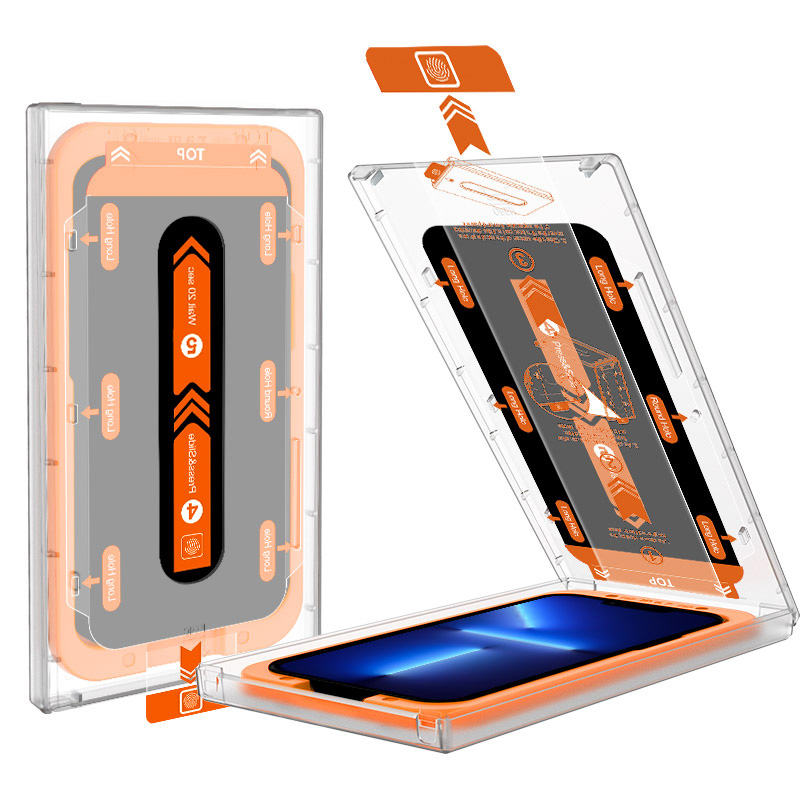The iPhone 15 Pro brings over 50 new features and improvements to Apple's high-end smartphones compared to the iPhone 13 Pro, which was released two years prior. This buyer's guide breaks down every major difference you should be aware of between the two generations and helps you to decide whether it's worth upgrading.
The iPhone 13 Pro debuted in 2021, introducing a brighter display with ProMotion technology for refresh rates up to 120Hz, the A15 Bionic chip, a telephoto camera with 3x optical zoom, Macro photography and photographic styles, Cinematic mode for recording videos with shallow depth of field, ProRes video recording, a 1TB storage option, and five hours of additional battery life. The iPhone 13 Pro was discontinued upon the announcement of the iPhone 14 Pro in 2022, but it is still possible to get hold of it second-hand. Galaxy Tab S7 Plus

Our guide helps to answer the question of how to decide which of these two iPhone models is best for you and serves as a way to clearly see the all of the differences that the iPhone 15 Pro brings to the table. This article focuses on the iPhone 13 Pro and iPhone 15 Pro, but to understand the differences between the iPhone 14 Pro and iPhone 15 Pro, see our other buyer's guide:
Although the iPhone 13 Pro and iPhone 15 Pro share most of their basic features, the iPhone 15 Pro offers a large number of notable upgrades, such as a titanium design, 48-megapixel main camera, always-on display, Action button, USB-C port, and A17 Bionic chip.
Overall, the iPhone 15 Pro is a significant upgrade over the iPhone 13 Pro, introducing meaningful quality-of-life features like the USB-C port and Action button that change the methods of interaction with the device. The new, considerably more lightweight titanium design, slimmer borders around the display, and contoured edges result in a noticeably different aesthetic and feel in the hand.
The iPhone 15 Pro also brings major advancements to photography and videography, adding an Adaptive True Tone flash, a 48-megapixel main camera for high-resolution images and, on the larger model, a telephoto camera with 5x optical zoom. Software features such as Photonic Engine, Smart HDR 5, Next-generation portraits, Action mode, and a host of professional videography features like external recording and Log also take the photography and videography capabilities of the device to the next level.
This is not to mention fast data transfer via USB 3, satellite connectivity, new color options, the second-generation ultra wideband chip, and the A17 Pro chip – Apple's first chip made with a 3nm fabrication process, which radically improves the gaming capabilities of the device.
Due to the scale and breadth of these improvements, most iPhone 13 Pro will be able to justify upgrading to the iPhone 15 Pro, especially if they value the new design, USB-C port, Action button, and camera improvements. It is only worth sticking with the iPhone 13 Pro if you are holding off for an even more substantial upgrade in the future, but many users will see tangible benefits by upgrading now.
Get weekly top MacRumors stories in your inbox.
Our comprehensive guide highlighting every major new addition in iOS 17, plus how-tos that walk you through using the new features.
Which of Apple's latest iPhone models is right for you?
Comparing and contrasting the latest Apple Watch models.
A selection of quick iOS tips that will make you a lot more time-efficient in the long run.
A new 24-inch iMac is an "advanced state of development" and could launch in late 2023. A larger model may also be in the works.
The Apple Vision Pro AR/VR headset is set to launch in early 2024. It features dual 4K displays, gesture tracking, an M2 chip, and a $3,499 price tag.
22 hours ago by Tim Hardwick
23 hours ago by Joe Rossignol
22 hours ago by Tim Hardwick
5 days ago by Tim Hardwick
5 days ago by Tim Hardwick

Super Glass Screen Protector MacRumors attracts a broad audience of both consumers and professionals interested in the latest technologies and products. We also boast an active community focused on purchasing decisions and technical aspects of the iPhone, iPod, iPad, and Mac platforms.